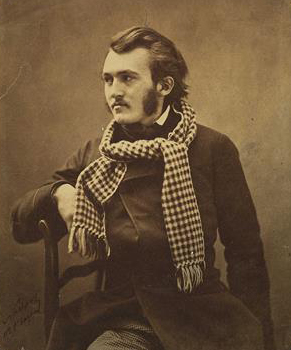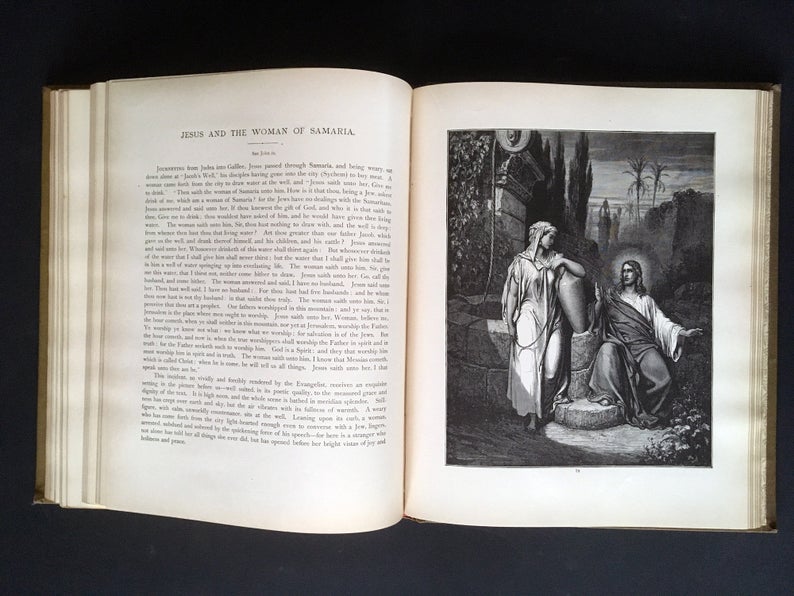In preparation for a report we’re putting together on museums’ digital technologies, I scoured over 1,300 museum websites, asking each one the same question: Do you have a blog?
Many did — about half. But of those 600+ museum blogs in our database, many were hard to find. Some weren’t featured on the homepage or in the main navigation. More than one-third of them were inactive.
I felt bad for those obscure or forgotten blogs. So much potential, particularly for museums, unrealized. Why aren’t blogs given the respect they deserve? Maybe it’s the name.
What’s in a name? That which we call a blog
By any other word would sound more important…
Doesn’t really roll off the tongue as well as the Bard’s original lines, but that’s my point: We need to replace the word “blog.” For everyone. Because blogs still carry the weight of old assumptions and connotations.
Back in 1997, the term “weblog” was coined by Jorn Barger as a literal log of the websites he visited. A web-log. A couple of years later, the term was broken up, in jest, to read “we blog” on Peter Merholz’s website. The term “blog” was then perpetuated and popularized by the service Blogger and the rest is history. From there, anyone with an Internet connection could start publishing their thoughts, observations, and pictures with the push of a button. And while many bloggers went on to become successful journalists and celebrities, the vast majority were amateurs, unbound by any editorial standards or schedules. And that stigma of the lone casual blogger still exists.
But really, today’s blog can be so much more than its predecessors. It’s a channel for producing timely, media-rich stories that can persuade readers and establish a brand. It’s a content publishing platform for any number of things, and yet we still call it something that literally means a journal, a record, a log.
Museums can be the ones to catalyze the cultural shift away from the word “blog” and the baggage it carries. Museums are the keepers of our cultural treasures, and blogs make it easy to share them with people around the world. Museums have so many stories that many don’t make it onto labels or into catalogues. And there are enough museums out there that if everyone agreed to call their blog something other than a blog, it might catch on globally.
As I wrote last month, many museums have given their blogs branded names, such as NCMA’s Circa and Getty’s Iris. But in both cases, the user needs to click the word “blog” to find them, and then the word “blog” appears in the address bar as well. And that’s fine! We haven’t had our revolution yet, so that’s still how people know how to find them on your site as well as on Google.
So what should museums call their blogs? What’s a word we can all agree on, and then share with the world so that dictionaries will one day label the word “blog” as archaic? I came up with three alternatives that I like: tempus, logus, and kontext.
I know, they all sound funny now, but think of the first time you heard the word “blog.”
I don’t know if any of the names I picked is the right one, but I think that museums, beacons of truth and culture that they are, can lead the way. Museums are full of stories, treasures, and knowledge, and a blog is a perfect platform for sharing and connecting them in a timely way. I think every museum should have a blog, but if you think a blog is too blah for your institution, then perhaps you’d like to give a tempus a try, or a logus. Or, my favorite, a kontext.
TEMPUS
When I sat down to think about a better name for blogs, I looked to a couple of my favorite museum blogs for inspiration, the aforementioned Circa and Iris. First, I love their names. Obviously. But beyond the unique names, these two online publications look and read like magazines. The articles are rich with lovely photos, they have featured articles and editor’s picks. So when I think of what a museum’s blog could be, I start here. They could be like online magazines.
I looked up “magazine” in German, the native tongue of Johannes Gutenberg, who introduced the printing press to Europe, which was, in a way, the original blog. The word for magazine in German is Zeitschrift, which translates back to English as time writing.
Time-writing felt like a nice way to describe blogging, but I wanted to push it a little bit further. I liked the implication that a blog is something that is timely and topical and builds over time… Time… Time Magazine.
We can’t start calling blogs “times.” That would be too confusing. We could call a blog a tempus, though, which is the Latin word for time — and it’s a little easier for me to pronounce than Zeitschrift.
Let’s take it for a spin: “Follow our tempus for a timely look at our latest exhibitions.”
I would read your museum’s tempus.
LOGUS
A blog can be a great tool for establishing and reinforcing your museum’s unique positioning. You can share your expertise with your readers in a consistent way, connecting your institution to their values, like the Brooklyn Historical Society does in its Photo of the Week feature.
For a museum to establish this sort of focus in their content strategy, I always suggest thinking of a few themes that represent your relationship to your visitors, and then create content around those. Another word for theme is motif. Another word for motif is logo. I thought logo might be a good word for a blog, but your museum may already have something called a logo.
So then I thought, what if I combined logo with tempus? Well, then I’d get logus, my second entry into the blog renaming sweepstakes.
As it turns out, logus is a word in Latvian, meaning windows. I thought that was pretty cool and apt for how a blog could function for your museum. “Our logus is a window into our collection.” “Our logus is a window into our archives.”
There is also a Latin word logus, which means words. That’s also pretty apt, but a good blog is more than just words, so I pushed on.
KONTEXT
One of the things that makes the Internet so different from a newspaper or even broadcast TV is its interconnectivity. The world wide web is woven together with links to related content and context.
I love the Baseball Hall of Fame’s stories section, but not because I’m a big baseball fan. I’m just a big fan of good blogs. The thousands of stories are connected by teams, players, positions, categories… you can read and watch and click around for hours without leaving ever the Hall’s site. And short of visiting your museum, what more could you want a web visitor to do?
As I was researching blogs and deciding which ones I liked, and why, I came up with a mantra: no dead ends. Any given blog post should be a small part of a much bigger tapestry of images, videos, and articles.
I looked up “weave” in a Latin dictionary and came across contexō, which also means to compose or construct. I wasn’t sure if the “ō” character would work for everyone, so I kept looking. I translated contexō into German — shout out to Gutenberg — and I found what is probably my favorite new word for a blog: Kontext.
“Want to learn the full story of our latest acquisition? Check out our kontext.”
You can take or leave tempus, logus, or kontext. I like them all, but I’m not trying to solve this issue on my own. I’m just hoping you’ll at least think I’m on to something. And maybe your museum will be one of the bold ones who drop the word “blog” without dropping your blog altogether.










